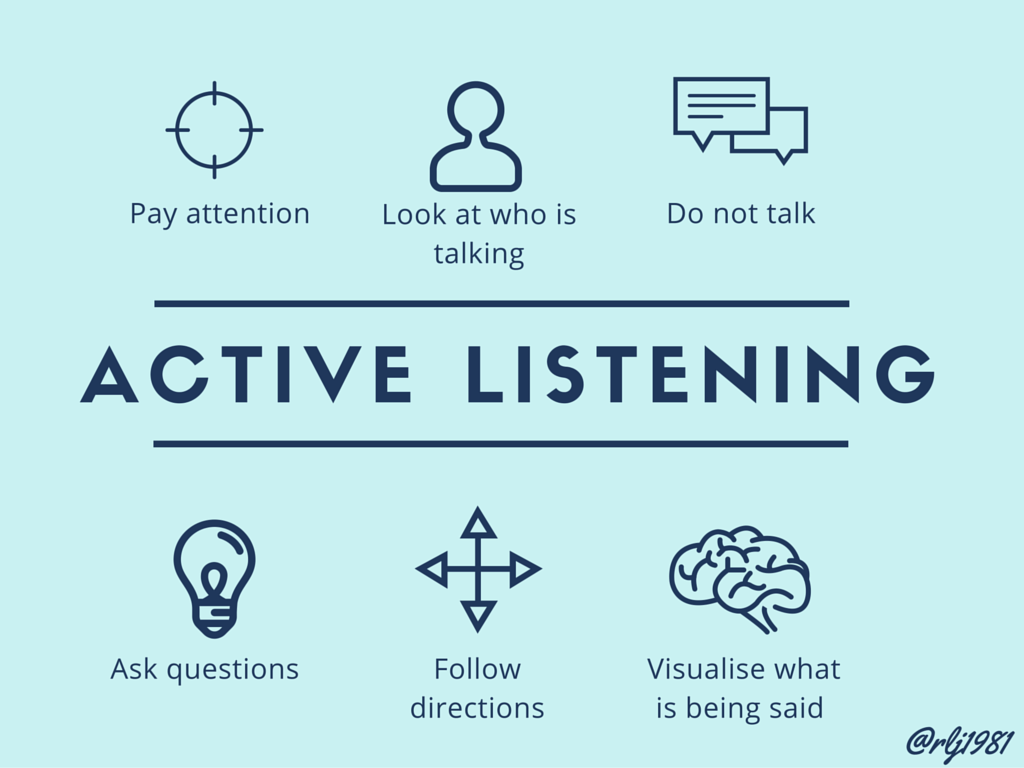For a Scrum Master, ‘Coaching‘ is not the most exposed role (or ‘stance‘ as Barry Overeem talked about) in the current literature. So I would like to share a very interesting article: Scrum Master is the Master of Coaching written by Joshua Partogi. If you feel this is TLTR (Too Long To Read), here are the main insights.
Continue reading Some insights about Scrum Master is the Master of CoachingTag: coaching
Some notes about the “Twenty Top Fails in Executive Agile Leadership” article
On March 2018, Ian Mitchell published a depth and detailed post about top failures when executives do not assume their leadership responsibilities in the context of an Agile transformation.
For people who would find it TLTR (Too Long To Read), here are some extracts to get the main insights.
Continue reading Some notes about the “Twenty Top Fails in Executive Agile Leadership” article
Be successful at providing support to your users without even solving their issue
When facing with end-users issues, some cases do not really require bringing a ‘technical’ or even a functional solution. Indeed, the key is often to let users talking and expressing their concern. Actually, they need to be listened by someone they consider as “expert”, and they need to be listened carefully.
The simple fact to describe their trouble actually solves a large part of the situation; sometimes it even solves at 100%. Because when users talk about trouble they are facing, they realize:
- either they realize they know the solution, but they have requested for support too quickly. Typically, emergency obscures clear mind.
- either they did not diagnose correctly the problem. Their explanations are a little bit confusing, so they rephrase, they ask (to themselves) new questions. Usually, this sudden brainstorming ends up with new insights that bring them the solution.
Providing support is as acting as a coach, it means having the attitude that helps users getting a solution on their own.
In a short, “active listening” is the key: listening carefully, asking relevant questions at the right moment will conduct users to solve an issue by themselves.
Credits: thanks to Rachel Jones for the infographic.

